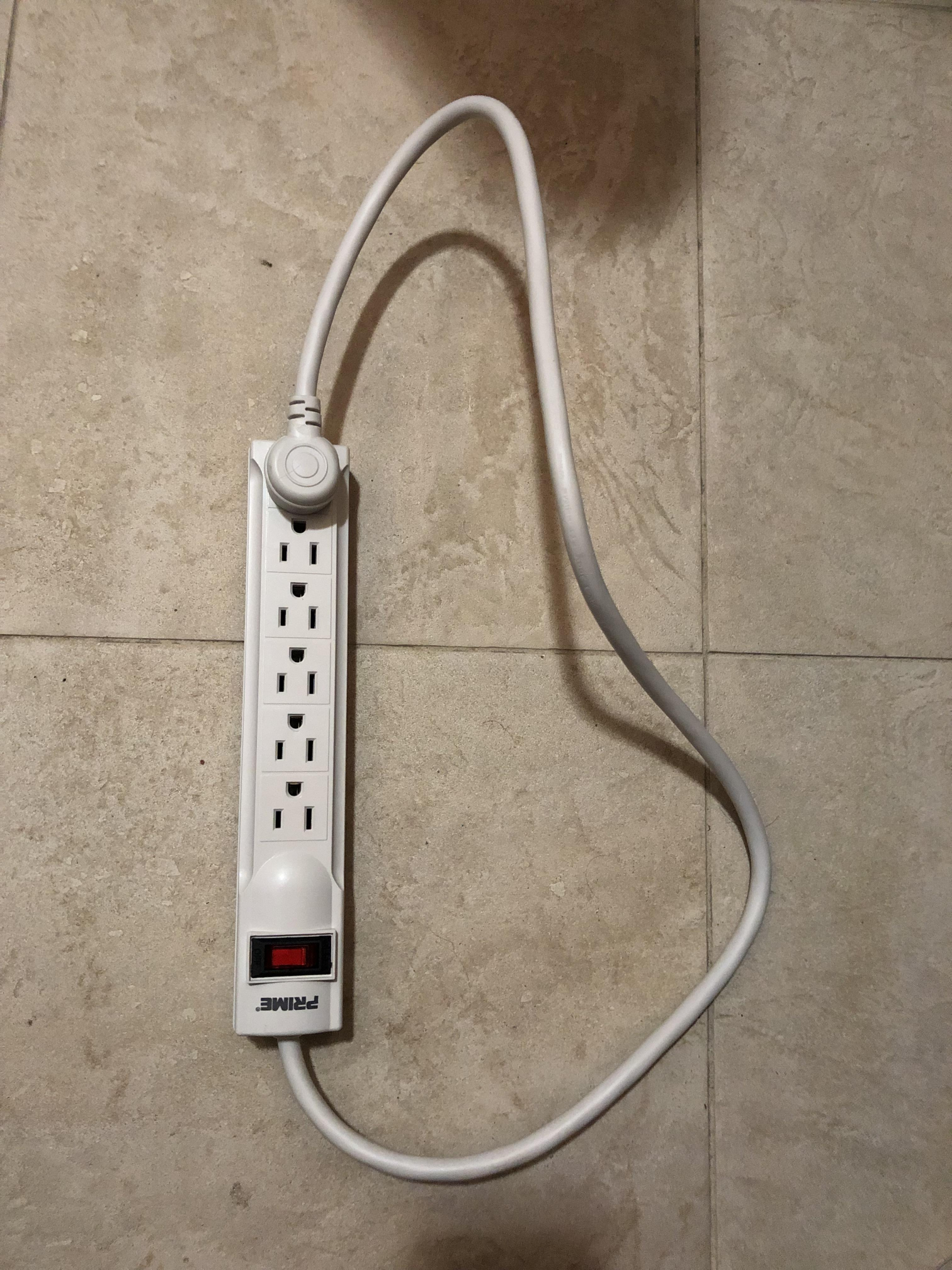One of the most distinctive features of Apple silicon chips is that they have two types of CPU core, E (Efficiency) cores that are energy efficient but slower than the P (Performance) cores, which normally run much of the code in the apps we use.
Just want to point out that this is far from unique to apple. Lots of Arm processors have this. I think my first phone that had it was the OnePlus 2, which launched in 2015.
I would honestly be surprised if any major smartphone didn't have this.
